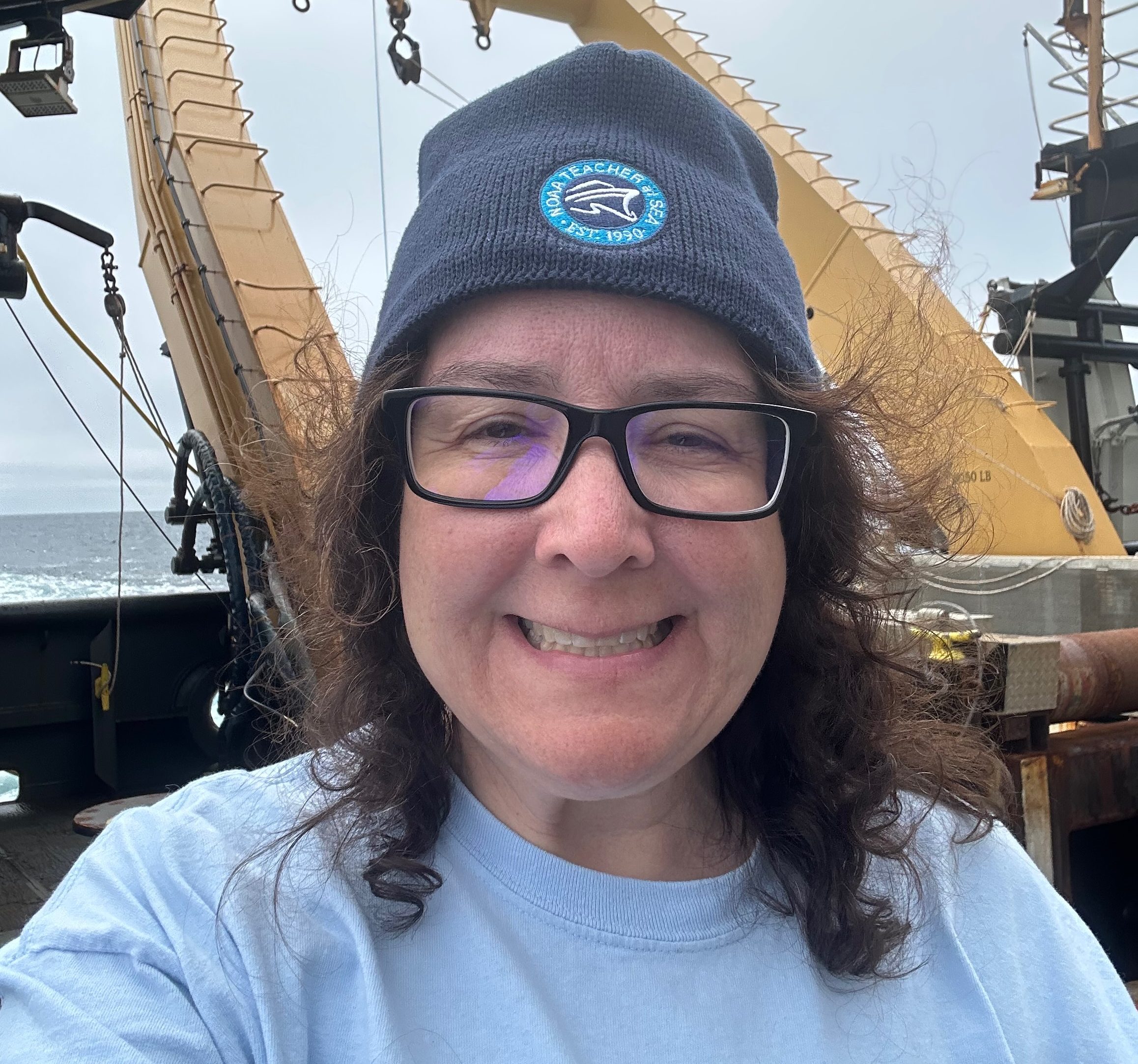[NOTE – If you are coming here for the first time from a #ScioClimate tweet, please take a quick moment to review the About page to learn why students are my target population for this blog (not that adults won’t enjoy reading my posts!). You can also read my summaries from ScienceOnline Climate Day 1 morning and afternoon and Day 2 morning.]
Day 2 of ScienceOnline Climate has come to a close. It does not seem to matter how many days a conference lasts, for I am always saturated by the end! This afternoon consisted of two technical sessions and a closing session.
The first session I attended was titled A Taxonomy of Climate Media. The session was focused on sharing and compiling the “media” resources that exist on climate. Needless to say, there is a wealth of information and resources out there! We discussed the importance of not only sharing the resources we know, but why that resource is good and how it works for our needs. We discussed the range in the quality of resources that exist, even questioning how much faith we can put in what comes out of sites such as the Discovery Channel (thanks to their recent Shark Week episodes – read what National Geographic bloggers Ed Young and Brian Switek had to say). We also talked about the need for more regional science/environmental blogs, tapping in to local people (perhaps citizen scientists) and local issues. One takeaway for me from this session is more of a challenge to go out and look for more information about research being done on the comments sections of blogs – for example, how the tone of the comments can change the perception of how someone reads the original post. I’m curious to know just how much of an impact comments can really have!
The next session I attended was titled Communicating Climate Change as a Non-Expert. With my background in marine geology and geophysics, I can hold my own in a discussion on climate change. But I decided to attend this session to see if I could get any tips and ideas for instructional strategies for how to help my students be communicators of climate change. None of the students I teach are science majors (except for a rare few), yet all of them are global citizens that will have opportunities to engage in social and professional discussions around current events, such as climate change. One clever story I heard about was shared by an employee at Seattle’s Woodland Park Zoo. She said her boss emails their team a “Climate Quickie” every morning, a short story that summarizes a current climate topic in the news to keep everyone up to date on the latest scientific advances and discoveries. I go over current events with my students at the beginning of every class, but maybe I can come up with a catchy title for these stories, use social media with a hashtag to archive what I share… hmmm….. and then, have some sort of follow-up assignment in class to get the students to “communicate” the science of what they have just learned. I like it! (trust me, students, you will, too!)
The day ended with a closing session where the conference organizers challenged us with some tasks to complete on the spot: (1) how are we going to take a transformative experience from this conference and move forward; and (2) what specific items will we each follow up on? I have much to think about here. I do know that what I have learned will make an impact on the content and pedagogical strategies I use in teaching future courses. I need some more time to think and some more time to explore these amazing resources online to process exactly how I will do that. And, hopefully with a little help from my new #ScioClimate friends, I’ll make some great things happen in the classroom – and online! (Students, take note – the work for faculty does not end just because I come home – in fact, alot of the real work is just beginning!)

[…] [Previous postings with my reflections on the ScienceOnline Climate conference can be found at Day 1 – morning and afternoon, Day 2 – morning and afternoon.] […]
LikeLike